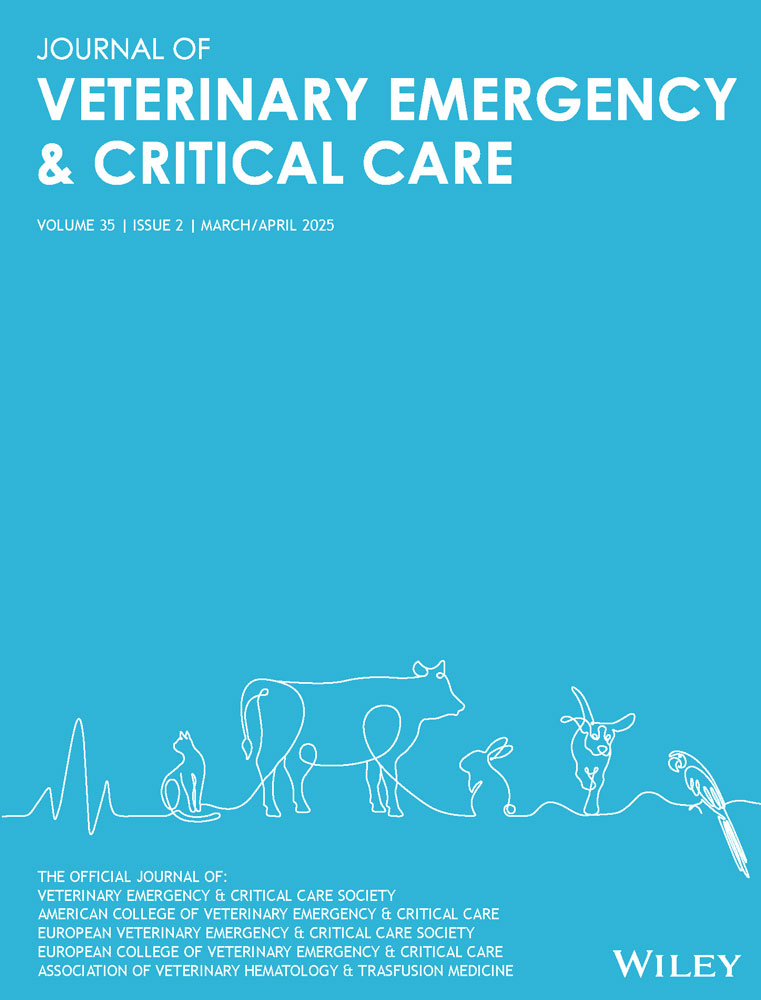Hemothorax Secondary to Rupture of an Aneurysmal Structure of Thromboembolism-Related Collateral Vasculature in a Dog
The content of this manuscript has not been presented at any meetings.
ABSTRACT
Objective
To describe hemothorax secondary to the spontaneous rupture of an aneurysmal dilation of a collateral vascular structure potentially resulting from chronic pulmonary thromboembolism in a dog.
Case Summary
An 11-year-old male neutered Schnauzer mix weighing 12.6 kg was presented to the emergency service of a veterinary specialty referral hospital for an episode of collapse. The dog was diagnosed with spontaneous (atraumatic) hemothorax and stabilized. Contrast-enhanced computed tomography (CT) of the thorax identified a large, aneurysmal dilation of a suspected collateral vascular structure in the mediastinum with a large thrombus in the dilatation, consistent with a recent rupture. In addition, multiple mineralized pulmonary arterial thrombi were identified. These findings were suggestive of chronic, thromboembolic pulmonary hypertension with suspected secondary acquired collateral circulation and subsequent aneurysmal dilatation and rupture of one of these structures, resulting in the bilateral hemothorax. The underlying cause of the thrombi was not identified despite an extensive workup. Upon resolution of the hemothorax, the dog was discharged with clopidogrel and has had no recurrence in 4 years.
New or Unique Information Provided
This is the first description of canine hemothorax possibly caused by the rupture of an aneurysmal dilation of suspected pulmonary hypertension-related vascular collaterals in a dog. CT is indicated in dogs with atraumatic hemothorax and evidence of chronic pulmonary thromboembolism.
Conflicts of Interest
The authors declare no conflicts of interest.




